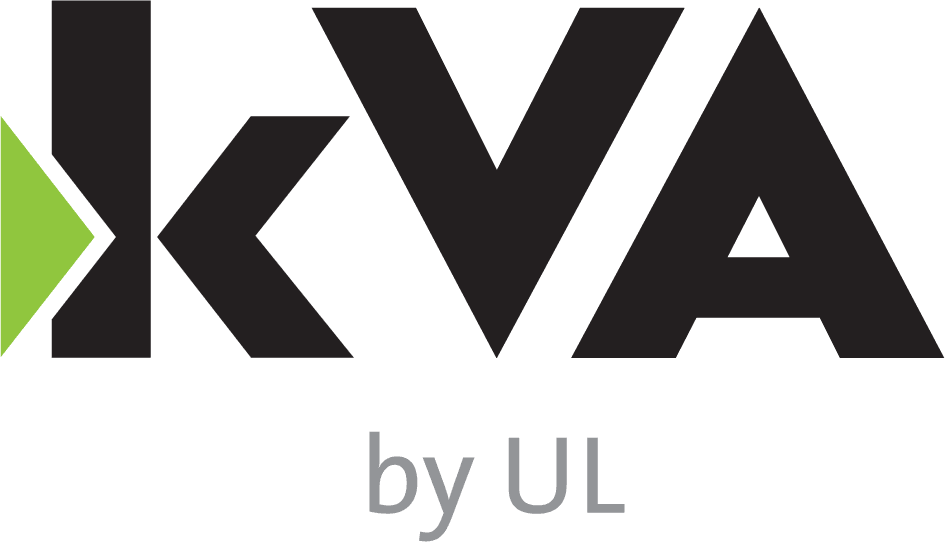Everyone’s working on autonomous vehicles these days. It’s amazing to see self-driving cars maturing by the day…in our cities, on our streets, right before our eyes. If we look at how far the industry has come in the last 10 years, it’s likely driverless cars will be mass produced within the next 10 years.
Today’s autonomous vehicles are kept safe by a trained driver. He or she sits behind the wheel, monitoring the situation and taking over in the case of any error. Getting that driver out of the vehicle, while somehow retaining safety, is a major challenge. In fact, it’s the major challenge.
At this point it’s clear that the main technical challenges…perception, localization, vehicle control, etc. – will be solved. Literally thousands of the world’s best and brightest engineers are devoted to solving these problems. And guess what: it’s working! The technical problems are all solvable.
What’s less clear is whether the end product can ever be proven to be safe? That’s the billion dollar question that keeps automotive executives up at night. Can we ever get there? Or will true level-5 autonomy be forever a science experiment, destined for a long-term future of R&D demos and press releases, but never reaching the promised land of mass-production?
This question can be answered: Self-driving cars can be proven safe. It will take a massive effort, a huge deployment of resource, and a fundamental shift in the industry’s mindset. It’s not going to be easy. But it will get done.
The philosopher Marcus Aurelius notes that “The secret of all victory lies in the organization of the non-obvious.” Autonomy safety assurance certainly qualifies as “non-obvious”… and therefore it’s only sensible to organize it. Safety Assurance for autonomy is based around five key points. We call them the Five Pillars of Autonomy Assurance. These are:
- Safety Culture
- Autonomous Architecture
- Safety Process
- Great Big Data
- Traceability
In the coming weeks, I’ll devote blog posts to each of these pillars, and describe how each contributes to an autonomy safety case. These five pillars map out the work to be done and the framework to organize the work.
It’s not going to be easy…but we’ll get there, with a framework to organize the effort and a set of proven methodologies that work in the real world.

